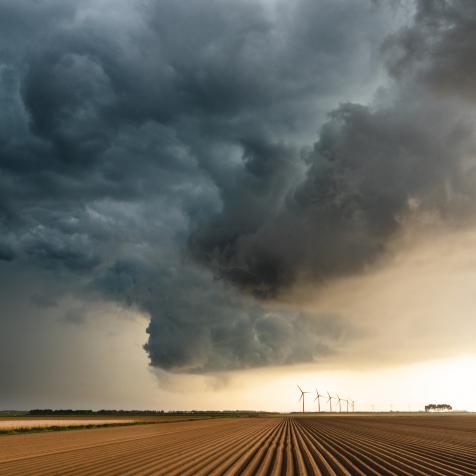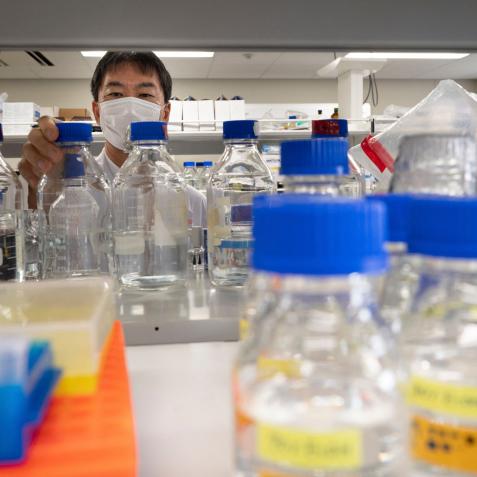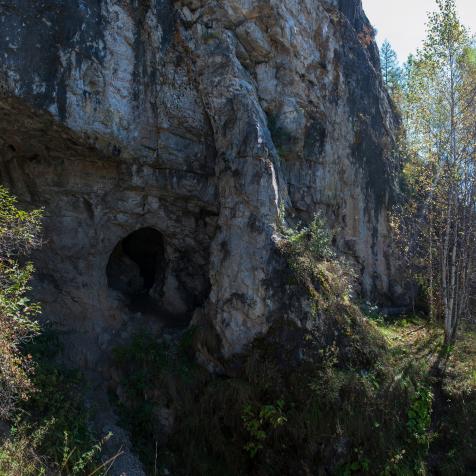
Mads Perch
Getting the Benefits of Green Spaces through Virtual Nature
Forests and other natural spaces have proven benefits for our health and mental wellbeing, but getting to the great outdoors isn’t always easy.
For people living under restrictions, especially during a global pandemic, a change of scenery has been rare. So the hope is that an access-for-all, interactive project can reconnect us to nature.
BBC’s Soundscapes for Wellbeing is designed to offer people a way to enter the natural world at home. Listeners have been given access to an extensive sound effects digital archive–33,000, sounds with 17,000 new nature sounds to download–and use of an online mixer tool to make and share their own soundscapes.
Nature presenter Sir David Attenborough has created his own mindful playlist alongside a ‘slow radio’ show from Winterwatch presenter Gillian Burke. All of the sounds are available for personal, educational or research use and include the first nature recording captured on a wax cylinder by the eight-year-old Ludwig Koch, in 1889, and David Attenborough’s famous 1978 encounter with mountain gorillas.
The BBC’s Natural History Unit is the source for nature sounds in the effects archive. One of its secrets is that most video for television is shot without sound and then professional recordists supply carefully recorded audio that is added in the edit. Everything from bird-of-paradise calls and giraffes feeding on acacia trees to wind blowing across the Sahara desert has been captured in sound recordings.
Another part of the project is the Virtual Nature Experiment, which pairs award-winning sound recordist Chris Watson and composer Nainita Desai with the University of Exeter to explore emotional responses to digital nature content. Audiences take part in a 10-minute-experiment, which includes watching video and answering a series of questions to help scientists discover how best to digitally bring the benefits of nature to people indoors.
People living in cities often struggle to access green space and lockdowns imposed across the world make that harder. Studies show the risks associated with not being able to use outdoor spaces include stress, anxiety and other psychiatric disorders, but also physical conditions like obesity and heart disease.
When people have trees and other vegetation near their homes, they report a greater sense of wellbeing and more satisfaction with where they live, according to the American Public Health Association. Green spaces also provide benefits such as better air quality, lowered flood risk, habitat for wildlife and plants, and community spaces where people can meet and exercise.
We all know that spending time in nature is good for us. But it's not an easy option for everyone - especially in lockdown.
— BBC Radio 3 (@BBCRadio3) January 25, 2021
So could experiencing nature on TV or online convey any of the same benefits? Scientists are trying to find out - and you can help: https://t.co/b3W93KLaeb pic.twitter.com/NVxXFdT23g
Sound and music are acknowledged for their use in therapies and healing, so the Soundscapes for Wellbeing project has a solid base of evidence for its use. What is not known is how well digital multimedia can make up for lack of true interaction with outdoor spaces.
Radio 3 is hosting programs and playlists for the project and its head, Alan Davey, said the combination of music and nature offers listeners something genuinely meditative and restoring. “We hope our immersive programming will continue to bring the riches of music and nature to life for those who have been unable to experience the escape of the open air this past year,” he said.


















